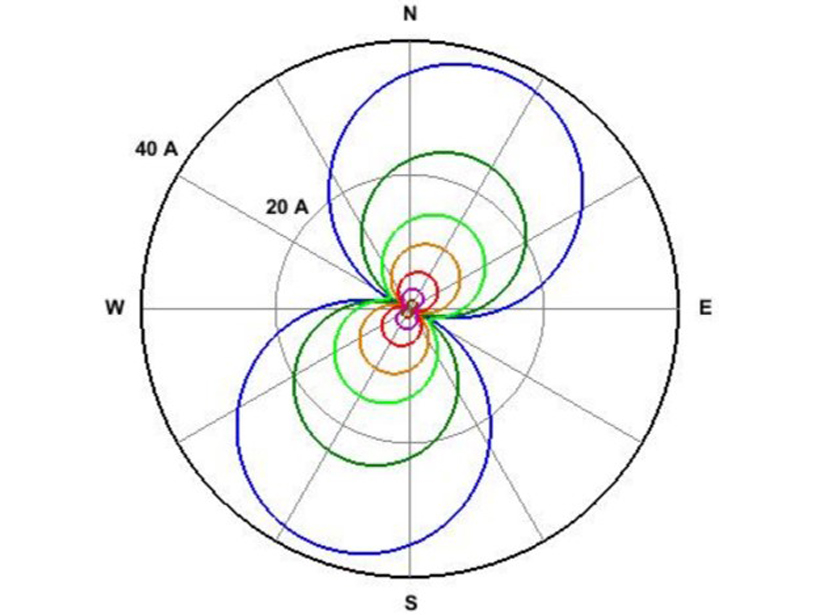Source: Space Weather
A key topic in space weather research is how to model the geomagnetically electric currents (GICs) that can flow through electrically grounded infrastructures, particularly power grids. Ingham et al. [2017] use a transfer function approach which numerically models how GICs respond to changes in the local geomagnetic field. They applied this to an extensive GIC dataset for the New Zealand power grid (available thanks to the authors’ good working relationship with the grid operator) and developed insights into the levels of GIC present in the New Zealand grid when serious disruption and damage to grid assets occurred during a November 2001 geomagnetic storm. With suitable scaling, this modelling is also used to produce simulated GIC time series for a Carrington-class geomagnetic storm. Such time series are a valuable aid to assessing, and planning for, future extreme space weather events. They can provide food for thought by all concerned with space weather risks.
Citation: Ingham, M., Rodger, C. J., Divett, T., Dalzell, M., & Petersen, T. [2017]. Assessment of GIC based on transfer function analysis. Space Weather, 15. https://doi.org/10.1002/2017SW001707
—Michael Hapgood, Editor, Space Weather
Text © 2018. The authors. CC BY-NC-ND 3.0
Except where otherwise noted, images are subject to copyright. Any reuse without express permission from the copyright owner is prohibited.

